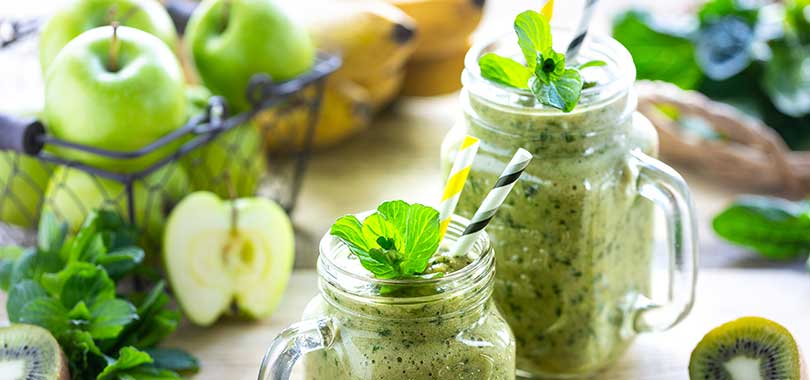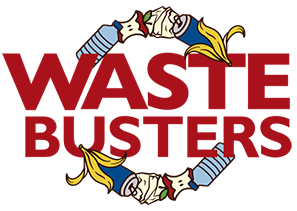I pledge to reduce food waste by eating all apples, bananas, and leafy greens that I buy during the challenge.
![]() Roughly 1/3 of food produced for human consumption in the US goes to waste, according to the US Department of Agriculture. That is over 100 billion pounds of food waste each year, and of that, about 40% is wasted when people throw away food in their homes. Apples, bananas, and leafy greens are commonly purchased and yet are among the top wasted foods. Pledge to reduce food waste by eating every apple, banana and leafy green you purchase!
Roughly 1/3 of food produced for human consumption in the US goes to waste, according to the US Department of Agriculture. That is over 100 billion pounds of food waste each year, and of that, about 40% is wasted when people throw away food in their homes. Apples, bananas, and leafy greens are commonly purchased and yet are among the top wasted foods. Pledge to reduce food waste by eating every apple, banana and leafy green you purchase!
Food Waste Prevention Tips More resources

Tips to prevent food waste
Reducing food waste starts with planning your meals before shopping and properly storing food at home. Follow these tips to help during the challenge:
- Check what you already have in your refrigerator, freezer, cabinets and pantry before going to the store. It might keep you from buying more food than you need and is a great reminder to eat any leftovers before they spoil.
- When possible, buy your food as needed as opposed to making one big trip to the grocery store. This will help keep you from buying too much of an item that later goes to waste. Buying items in bulk is great for reducing packaging waste, however you should only do it if you know you can eat all the food before it goes bad.
- Don’t judge produce because of appearance! Just because produce has a bruise, blemish, or bend doesn’t mean it’s inedible. As a matter of fact, the item is more than likely just as good as all the other items. Unfortunately, stores toss items and people often pass them up just because their appearance is slightly imperfect.
- For this reason, hunt specifically for these items in the produce section. A bruise on an apple doesn’t change the fact that the apple is just as good as every other apple on the shelf. Brown spots on a banana are perfectly safe and shouldn’t be avoided just because they look bad.
- Store food properly to help prolong its shelf life:
- Bananas should be stored in a cool, dimly lit place away from apples and avocados. Make sure they are ripened before putting in the refrigerator, and don’t worry about the peel browning since it doesn’t affect the taste. Freeze your bananas if you’re unable to eat them in time or make banana bread with overripe fruit.
- Apples should be stored in a breathable bag in the low humidity drawer of the refrigerator. Separate bruised apples from the rest to prevent additional browning. Apples ripen 6 to 10 times faster at room temperature. Try to eat or preserve heirloom varieties right away. To preserve apples, they can be frozen raw or cooked. Mealy or wrinkled apples can be used in baking; blanch first for 1.5–2 minutes.
- Leafy greens like spinach and lettuce keep best when wrapped in a damp paper towel and stored in an airtight container in the high humidity drawer of the refrigerator. Wilted greens can be eaten by removing brown, bruised or damaged pieces and soaking the rest in ice water for 5-10 minutes. Try adding them in to your hot dishes!
- Think about how the foods you select should be stored before purchasing. This will reduce the likelihood of items going bad before you can use them, especially produce. The FoodKeeper app and web tool is a great place to start for storage recommendations.
- Keep leftovers towards the front of the refrigerator or dedicate a section of the refrigerator specifically for leftovers. This way, you’ll remember to eat the leftovers before going bad, reducing the chances of having to throw them away. You can also dedicate one or two meals per week to leftovers, where you clear your refrigerator of any leftovers you may have by creating a new dish.
- Confusion over the meaning of expiration, sell by, and use by dates can result in throwing away wholesome food. Except for infant formula, dates are not an indicator of the product’s safety and are not required by federal law.
- When food is stored properly, it often lasts longer than the date on the package. For example, when spinach is wrapped in a damp paper towel and sealed in an airtight container, it will last for weeks longer than the date on the package.



